Imagine this: while we’re busy biting our nails over the next iPhone update, there’s a whole bunch of animals out there showing us what true “upgrades” look like. Yep, evolution isn’t just some dusty old concept from your high school biology class; it’s happening right under our noses. Whether it’s adapting to climate change, urban environments, or just outsmarting predators, these critters are changing faster than you can say “Darwin.” So, sit back, relax, and let me introduce you to the 15 animal species that are evolving faster than humans.
1. The Urban-Dwelling Pigeon
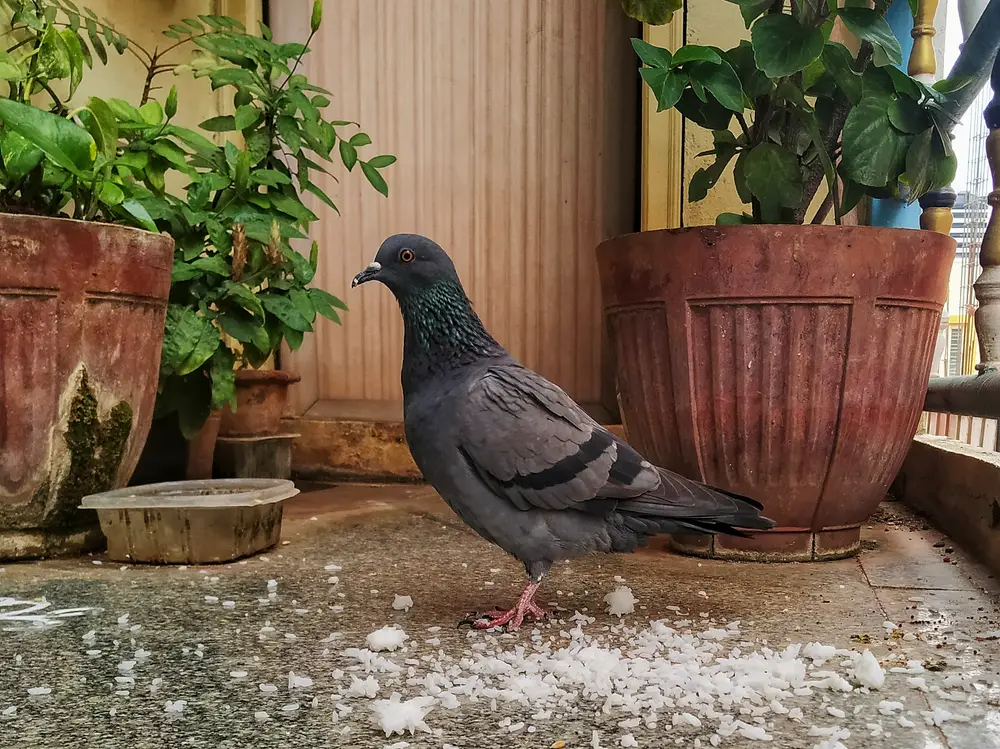
If you’ve ever walked through a bustling city square, you’ve probably seen pigeons strutting around like they own the place—and in a way, they kind of do. These birds are the ultimate city slickers, evolving to thrive in urban environments where food sources and nesting sites differ drastically from their natural habitats. Over time, pigeons have developed shorter wings that improve maneuverability around buildings and help them escape predators or curious humans. According to a University of Iowa study, they’ve even learned to recognize human behaviors, which means they’re pretty much experts at navigating public parks and busy streets.
Moreover, pigeons have adapted their diet to include the fast-food scraps we leave behind, showing remarkable digestive versatility. This adaptability has allowed them to maintain high population numbers even in the most crowded urban centers. In fact, pigeons are so good at city living that scientists believe their evolution could be linked to human influence more than any other factor. It’s a fascinating glimpse into how animals can rapidly evolve in response to man-made environments. Next time you see a pigeon on your morning commute, remember you’re looking at an evolutionary marvel, not just a “rat with wings.”
2. The Climate-Adapting Painted Turtle
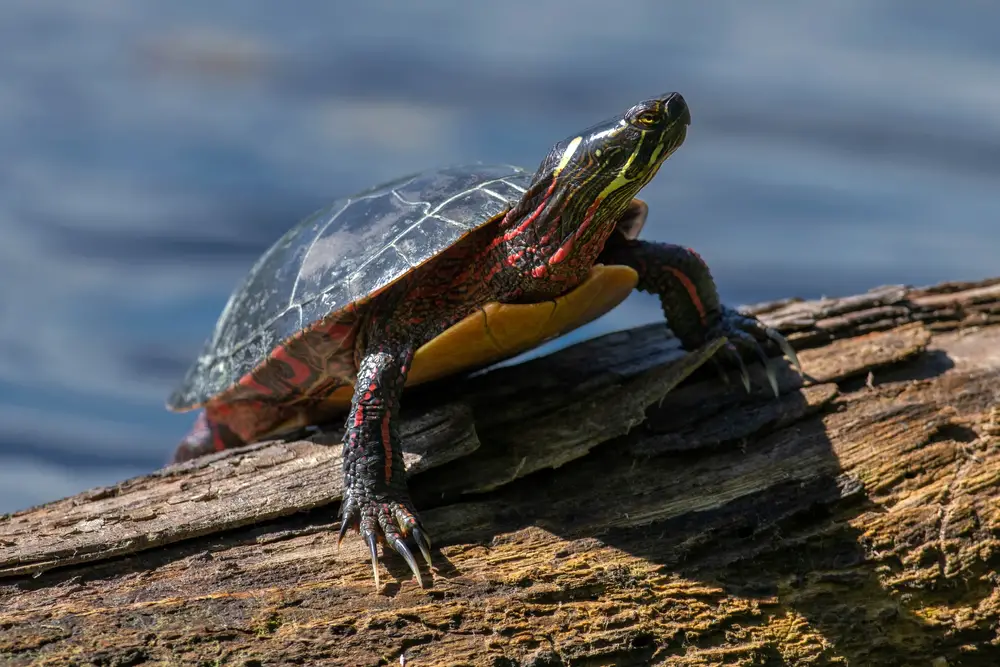
Painted turtles are nature’s little thermometers, and they’re currently undergoing some fascinating evolutionary changes due to global warming. Recent studies have noted that as temperatures rise, these turtles are developing a nifty skill to adapt to warmer climates. Normally, the temperature of the nest determines whether a turtle hatches as male or female. However, painted turtles are evolving to withstand these temperature fluctuations, ensuring a balanced gender ratio despite environmental changes. Essentially, they’re finding ways to control their destinies, an evolutionary trick that might just keep their species thriving.
But the most incredible part? These turtles have been around since the age of dinosaurs, and they’re still adapting! Their ability to evolve so quickly in response to climate change gives us hope that other species might follow suit. Scientists are keeping a close eye on painted turtles, and the insights gained from them could be crucial for conservation efforts in the future. So, the next time you spot a painted turtle basking in the sun, give it a little nod of respect for being an evolutionary pioneer.
3. The Super-Sized Mussels

Mussels might not be the first species you think of when it comes to rapid evolution, but these little shellfish are making big waves in the scientific community. In areas with high levels of oceanic pollution, mussels have evolved to develop thicker shells to protect themselves from predators and harsh environmental conditions. It’s a classic case of survival of the fittest, with thicker-shelled mussels thriving where their thin-shelled counterparts struggle. This adaptation is particularly impressive when you consider the speed at which it’s happening.
These ocean dwellers are proving their evolutionary prowess in more ways than one. Mussels have also developed a resistance to toxic chemicals found in polluted waters, allowing them to survive in environments where other marine life cannot. This rapid evolution is a testament to their resilience and adaptability, showcasing nature’s ability to respond to human-induced changes. So, the next time you enjoy a plate of mussels, think about the incredible journey these shellfish have taken to end up on your plate.
4. The Resourceful Peppered Moth
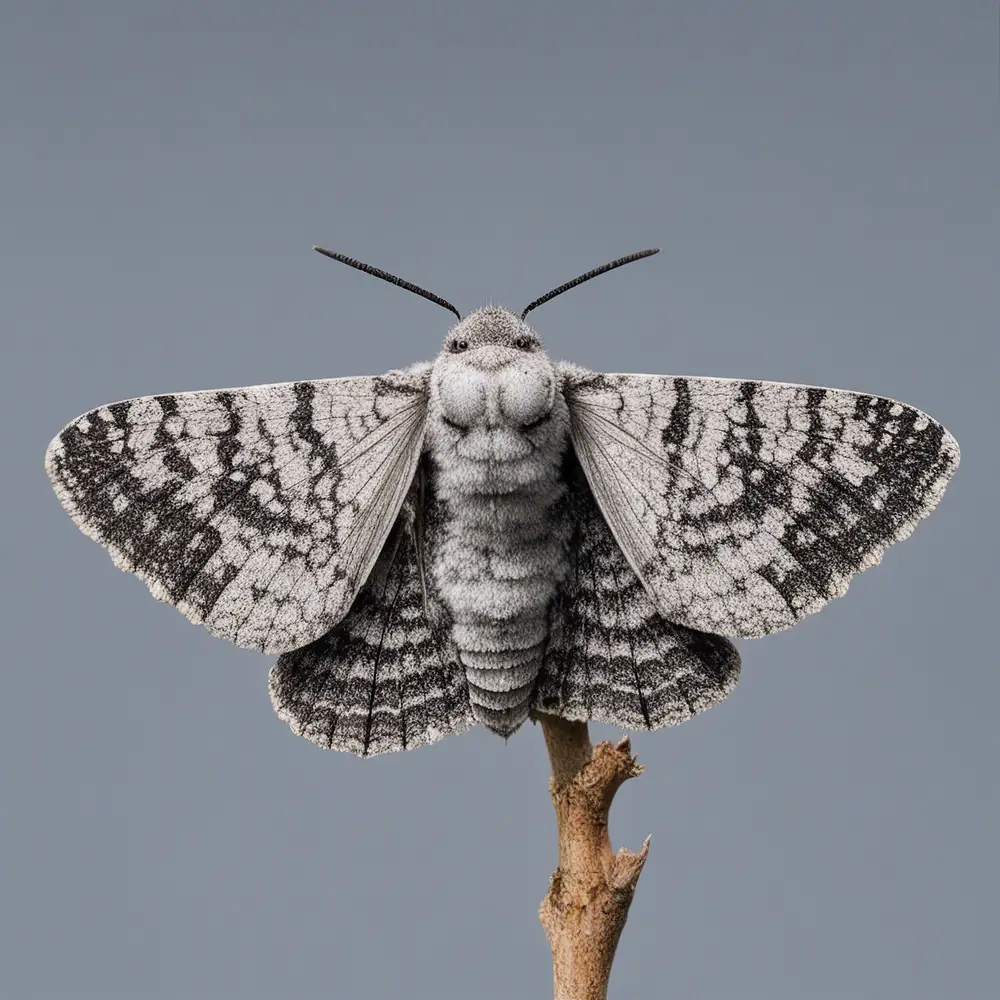
Take a journey back in time to one of the most famous examples of rapid evolution: the peppered moth. During the Industrial Revolution, these moths underwent a dramatic transformation as soot and pollution darkened their habitats. In response, the moths evolved from their original light-speckled appearance to a darker color, providing better camouflage against predators in the soot-stained environment. This is a textbook example of natural selection at work, and it’s still happening today as these moths adapt to ever-changing conditions.
Fast forward to the present, and the peppered moth continues to evolve alongside changes in its environment. As air quality improves and trees regain their original color, the lighter variant of the moth is making a comeback. This ability to rapidly adapt to environmental shifts showcases the peppered moth’s incredible resilience. Scientists continue to study these moths as a model for understanding how other species might cope with environmental changes. So, next time you see a moth fluttering around a lamppost, remember that it might just be a testament to the power of evolution.
5. The High-Altitude House Sparrow
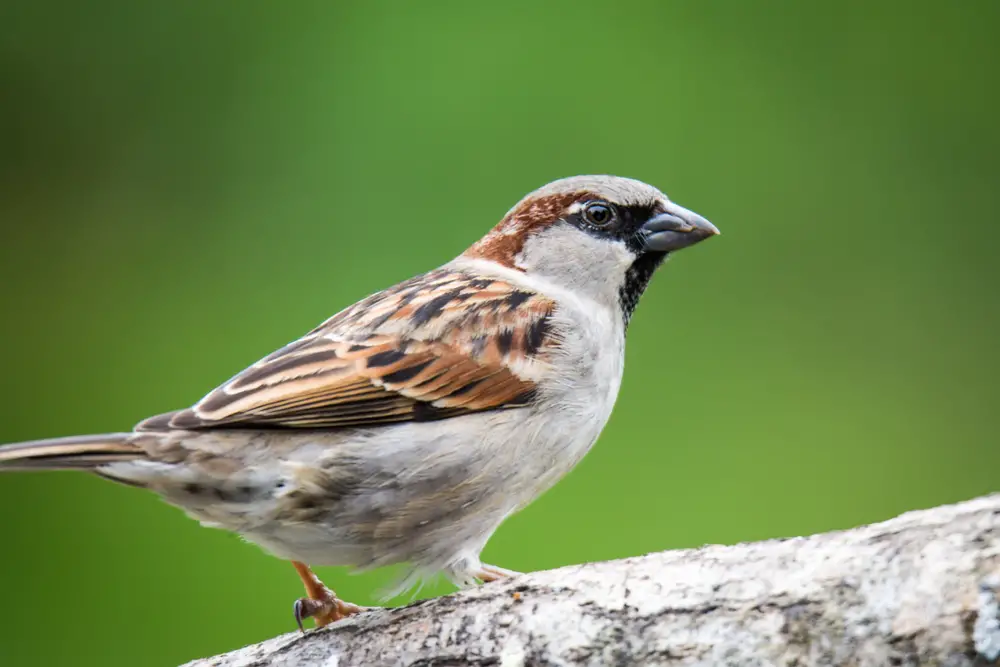
House sparrows might seem like your average garden bird, but populations in the Himalayas are proving that they’re anything but ordinary. These high-altitude sparrows have evolved to have larger lungs and more efficient oxygen processing, allowing them to thrive in the thin mountain air. It’s like nature’s version of an athlete training at altitude, only these birds are born with the ability to excel in challenging environments. This adaptation highlights the incredible diversity within a single species and shows how different populations can evolve unique traits.
Interestingly, these adaptations are occurring at a much faster rate than previously thought possible. The speed of this evolution is fascinating to scientists, who are keen to understand how other species might adapt to extreme conditions. By studying these high-altitude sparrows, researchers hope to gain insights into the genetic mechanisms behind rapid evolution. So, the next time you see a house sparrow chirping away in your garden, remember that its Himalayan cousin is out there conquering mountains with ease.
6. The Predator-Aware Guppy
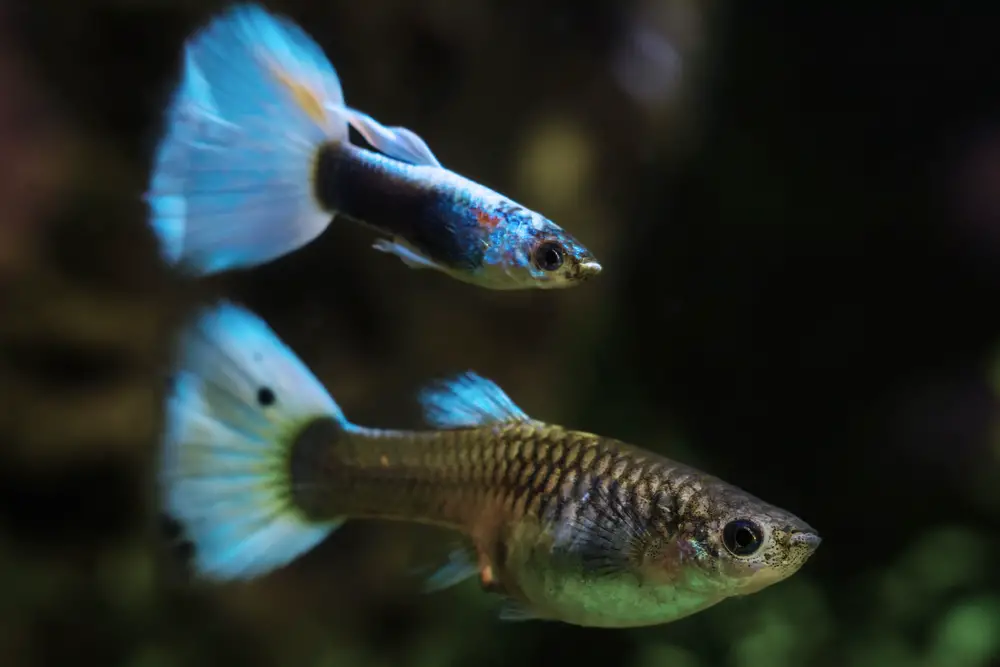
Guppies are tiny fish with a big evolutionary story. In environments teeming with predators, these guppies have evolved to become more cautious and quicker to mature. Their survival depends on outsmarting predators and reproducing before becoming someone’s lunch. They’ve developed a knack for spotting danger and reacting accordingly, demonstrating that even the smallest creatures can evolve impressive survival skills. It’s like nature’s game of hide and seek, but with evolutionary stakes.
Beyond their behavioral changes, guppies have also evolved physical adaptations like brighter coloration in predator-free environments. This ability to rapidly adapt their behavior and appearance based on their surroundings is a testament to their resilience. Scientists study guppies to understand how other species might evolve under similar pressures, offering hope for biodiversity conservation. So, next time you’re admiring a guppy’s vibrant colors in a fish tank, think about the incredible evolutionary journey its wild relatives are undertaking to stay one step ahead of predators.
7. The Resilient Cane Toad
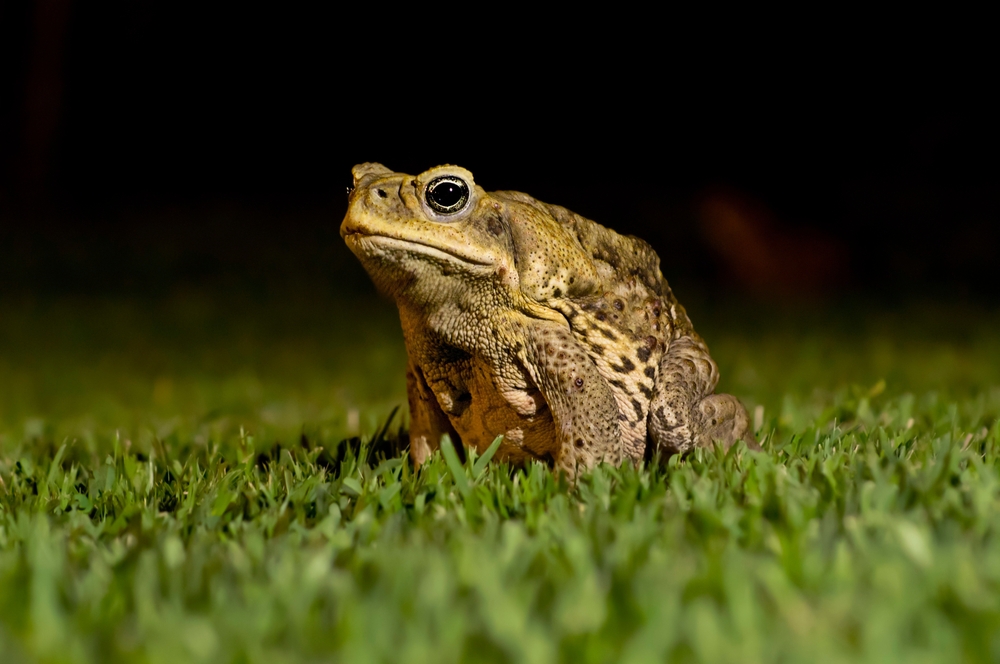
Cane toads are infamous for their invasive tendencies, but their adaptability is nothing short of remarkable. Introduced to Australia in the 1930s to control pests, these toads have since spread across the continent, evolving rapidly to thrive in new environments. They’ve developed longer legs to increase their mobility, allowing them to cover more ground and colonize new territories. This adaptation has helped them outcompete native species and establish themselves as a dominant force in their new habitat.
Cane toads have also evolved a resistance to toxins that other species find lethal, giving them a significant survival advantage. This rapid evolution highlights their incredible adaptability and poses challenges for conservation efforts aimed at controlling their spread. While their impact on native ecosystems is concerning, studying their evolution provides valuable insights into how species adapt to changing environments. Next time you hear about the cane toad’s invasive reputation, remember that their story is also one of remarkable evolutionary success.
8. The Heat-Resistant Coral
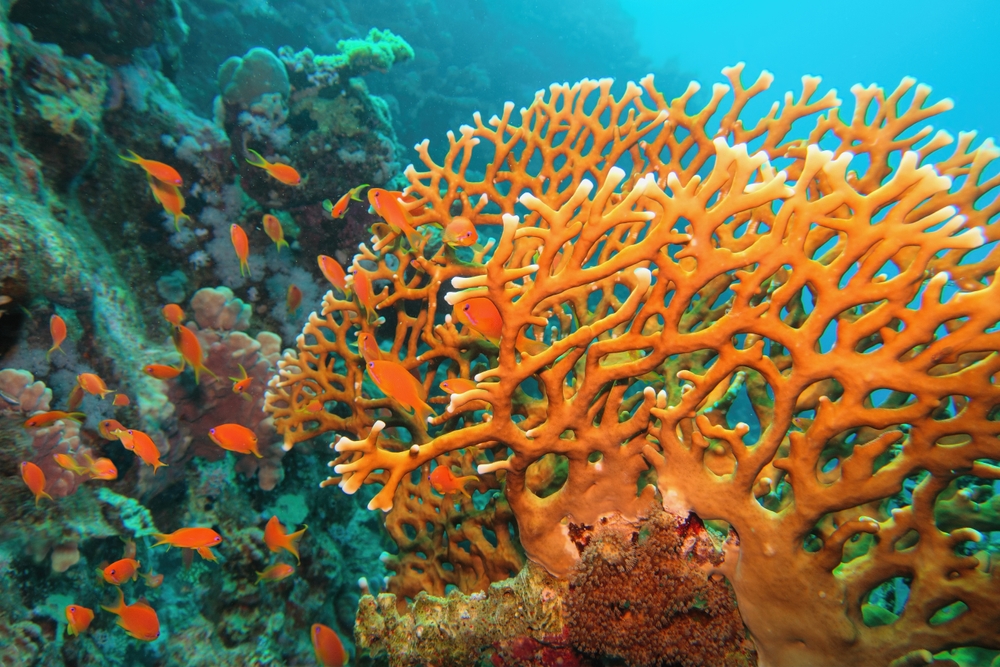
Coral reefs are facing unprecedented challenges due to rising ocean temperatures, but some corals are proving to be surprisingly resilient. These heat-resistant corals have evolved to withstand higher temperatures, providing hope for the future of coral reefs in a warming world. By hosting heat-tolerant algae, these corals can maintain their symbiotic relationship even in stressful conditions. This adaptation is crucial for their survival and the survival of the countless marine species that rely on coral reefs for habitat.
Scientists are studying these heat-resistant corals to identify the genetic traits that enable their resilience. By understanding how these corals have evolved to cope with climate change, researchers hope to support conservation efforts and protect vulnerable reef ecosystems. It’s a race against time, but these corals offer a glimmer of hope in the fight to preserve our oceans. Next time you snorkel over a coral reef, take a moment to appreciate the incredible evolutionary journey these corals are on.
9. The Pollution-Tolerant Killifish
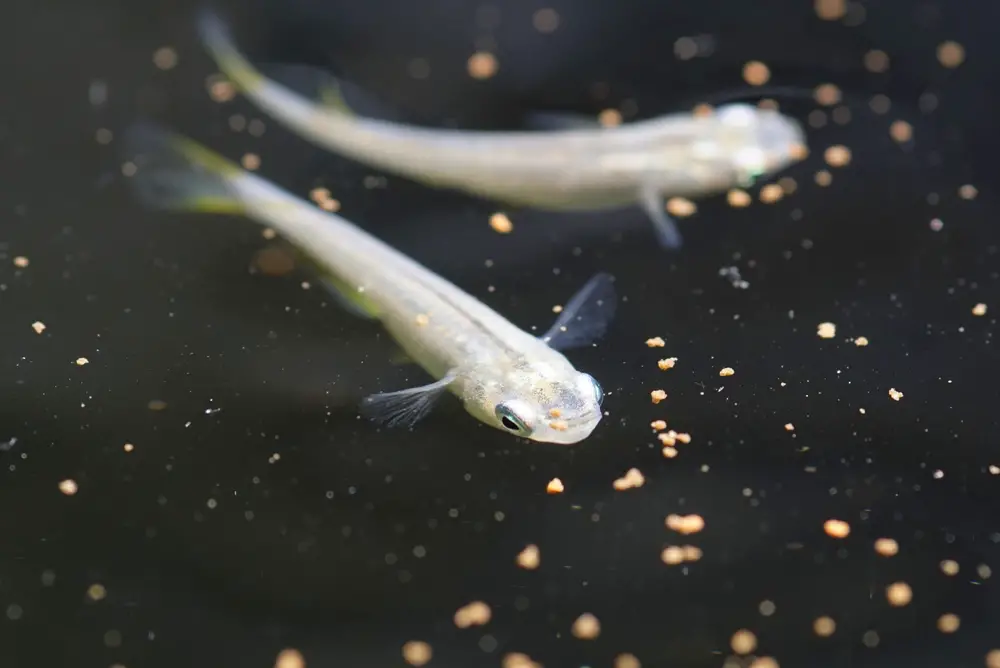
Killifish might not be the flashiest fish in the sea, but they’re making waves with their impressive pollution tolerance. In heavily polluted environments, these fish have evolved to survive in conditions that would be lethal to other species. They’ve developed resistance to toxic chemicals and heavy metals, allowing them to thrive in environments that have been drastically altered by human activity. This rapid evolution showcases their incredible adaptability and resilience in the face of environmental challenges.
Scientists are studying killifish to understand the genetic mechanisms behind their pollution tolerance. The insights gained from these studies could inform conservation efforts and help protect other species from the impacts of pollution. In a world where environmental change is a constant, killifish serve as a reminder of nature’s ability to adapt and survive. So, next time you dip your toes into a body of water, think about the tiny fish that are defying the odds and thriving in the most challenging environments.
10. The Urban Fox
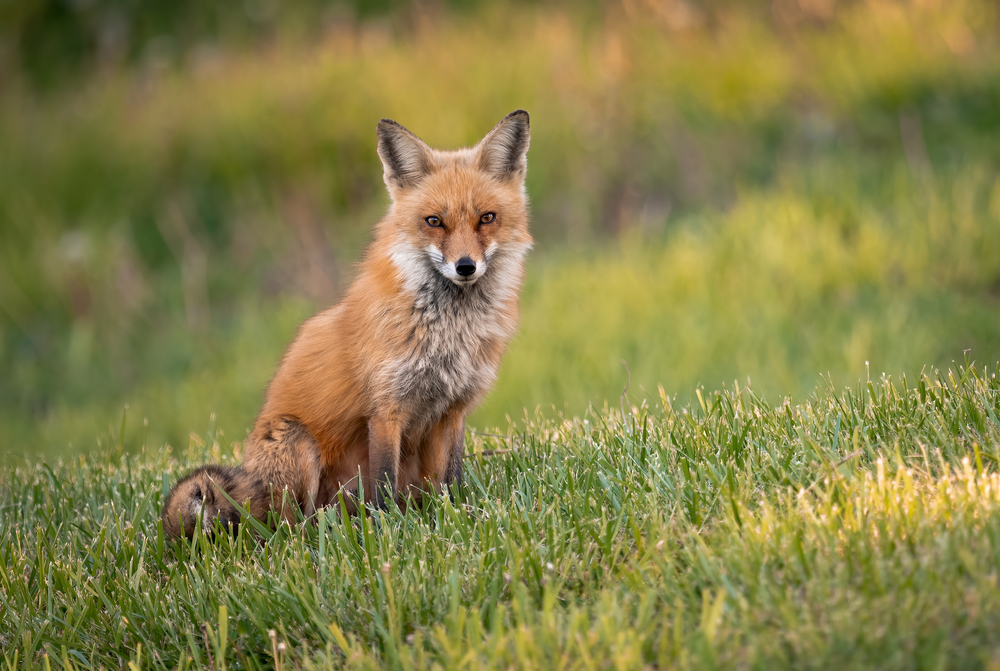
Foxes are known for their cunning and adaptability, and urban foxes are taking these traits to a whole new level. Living in cities across the globe, these foxes have evolved to thrive in urban environments where food and shelter are abundant. They’ve developed a range of behaviors to navigate city life, from raiding trash cans to using roads and footpaths to travel efficiently. These adaptations have allowed them to coexist with humans in some of the world’s busiest cities.
Urban foxes are also evolving to be less fearful of human presence, a trait that may be inherited by future generations. This rapid evolution demonstrates their remarkable ability to adapt to changing environments and highlights the complex relationship between wildlife and urbanization. Scientists are studying these foxes to understand how they are evolving in response to human influences, offering insights into the broader impacts of urbanization on wildlife. Next time you spot a fox darting through your neighborhood, remember that it’s a testament to nature’s adaptability.
11. The Electric Fence-Navigating Elephant
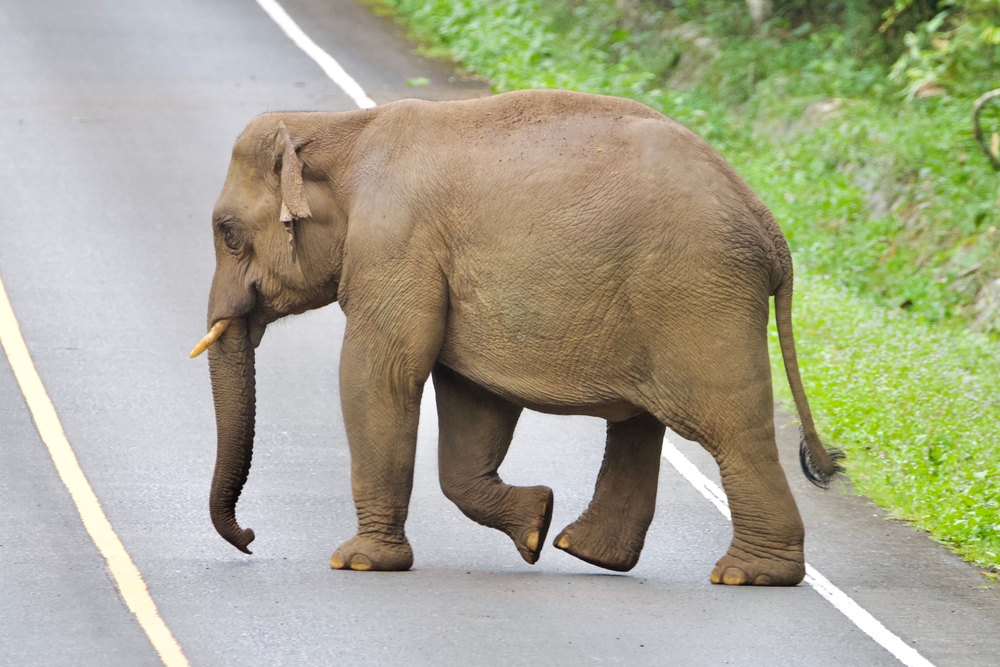
Elephants are among the most intelligent animals on the planet, and they’re proving it by outsmarting electric fences designed to keep them out of human settlements. These gentle giants are evolving to recognize the signs of electric fences and find ways to navigate around them, demonstrating their ability to solve problems and adapt to new challenges. This behavior is crucial for their survival as human encroachment into their natural habitats continues to increase.
In addition to their problem-solving skills, elephants are also evolving to cope with other human-induced pressures, such as poaching. Some populations are showing a higher percentage of tuskless individuals, a trait that offers protection against poachers who target elephants for their ivory. These adaptations showcase the incredible resilience of elephants in the face of significant threats. Scientists continue to study these evolutionary changes to support conservation efforts and ensure the survival of these majestic creatures. So, the next time you see an elephant on a nature documentary, remember that they’re not just magnificent animals—they’re evolutionary pioneers.
12. The Urban Coyote
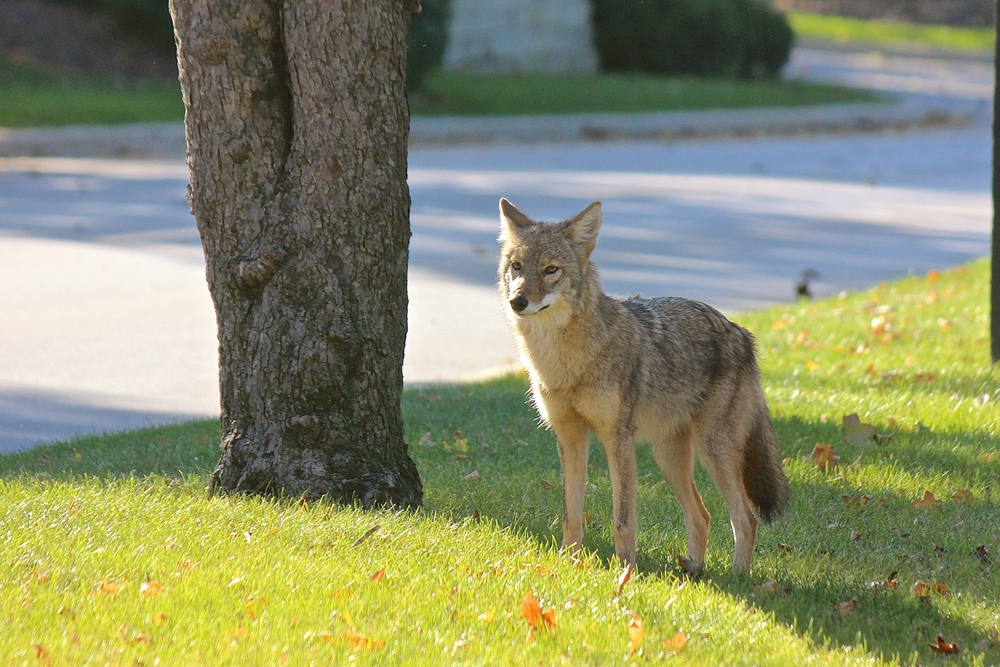
Coyotes are known for their adaptability, and urban coyotes are taking this trait to new heights. Living in cities across North America, these coyotes have evolved to thrive in urban environments where food sources and shelter are abundant. They’ve developed a range of behaviors to navigate city life, from scavenging in trash cans to using roads and footpaths to travel efficiently. These adaptations have allowed them to coexist with humans in some of the continent’s busiest cities.
Urban coyotes are also evolving to be more nocturnal, reducing their chances of encountering humans and increasing their survival rates. This rapid evolution demonstrates their remarkable ability to adapt to changing environments and highlights the complex relationship between wildlife and urbanization. Scientists are studying these coyotes to understand how they are evolving in response to human influences, offering insights into the broader impacts of urbanization on wildlife. Next time you spot a coyote on a city street, remember that it’s a testament to nature’s adaptability.
13. The Antibiotic-Resistant Bacteria

Okay, so bacteria aren’t exactly animals, but their rapid evolution deserves a mention here. Antibiotic-resistant bacteria are evolving at an alarming rate, posing significant challenges to human health. These bacteria have developed resistance to multiple antibiotics, making infections harder to treat and increasing the risk of outbreaks. This rapid evolution is a stark reminder of the power of natural selection and the need for responsible antibiotic use.
Scientists are working tirelessly to understand the genetic mechanisms behind antibiotic resistance and develop new treatments to combat these superbugs. The insights gained from studying antibiotic-resistant bacteria could inform efforts to prevent the spread of resistance and protect public health. In a world where antibiotic resistance is a growing threat, these bacteria serve as a reminder of the importance of evolutionary research. So, next time you reach for an antibiotic, remember the tiny organisms that are evolving right under our noses.
14. The Urban Blackbird
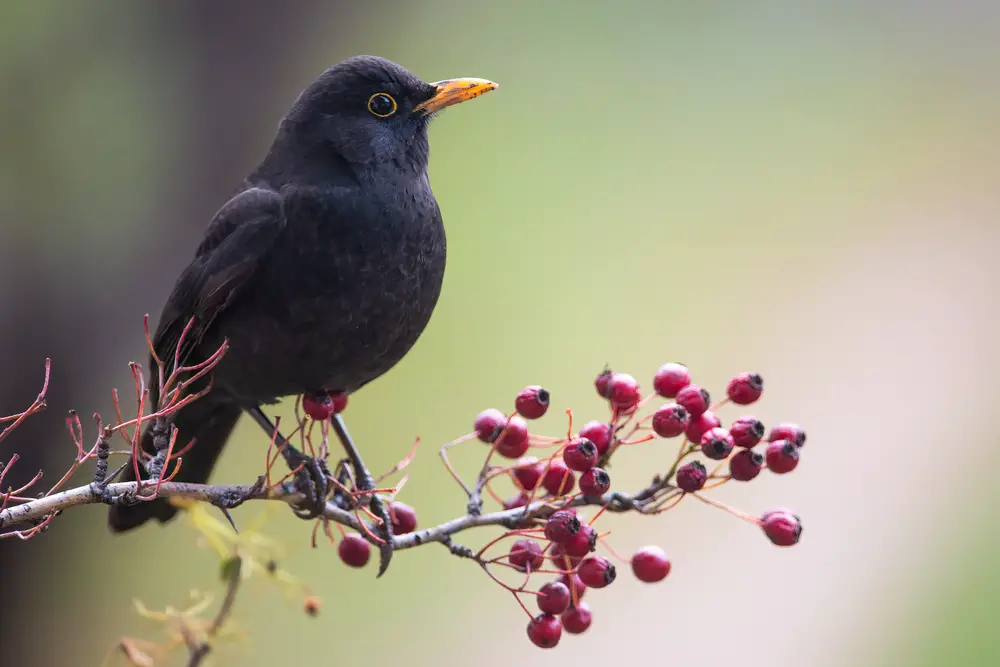
Blackbirds are common garden visitors, but urban blackbirds are proving that they’re anything but ordinary. Living in cities across Europe, these blackbirds have evolved to thrive in urban environments where food sources and nesting sites differ from their natural habitats. They’ve developed a range of behaviors to navigate city life, from foraging in parks to nesting on buildings. These adaptations have allowed them to coexist with humans in some of the continent’s busiest cities.
Urban blackbirds are also evolving to be less fearful of human presence, a trait that may be inherited by future generations. This rapid evolution demonstrates their remarkable ability to adapt to changing environments and highlights the complex relationship between wildlife and urbanization. Scientists are studying these blackbirds to understand how they are evolving in response to human influences, offering insights into the broader impacts of urbanization on wildlife. Next time you hear a blackbird singing in your garden, remember that its urban cousin is out there conquering city life with ease.
15. The Climate-Resilient Arctic Fox
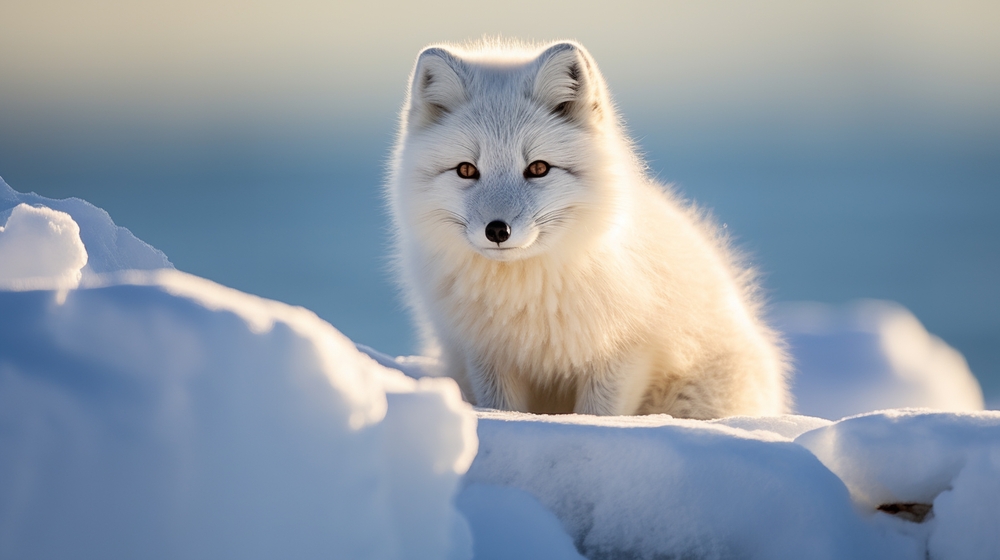
The Arctic fox is a master of survival in one of the world’s harshest environments, but climate change is forcing these foxes to evolve rapidly. As temperatures rise and prey availability changes, Arctic foxes are adapting to new challenges by altering their hunting strategies and expanding their diet. These adaptations are crucial for their survival in a world where the Arctic landscape is undergoing significant changes.
In addition to their behavioral changes, Arctic foxes are also evolving to cope with shifts in predator populations, such as increasing competition from red foxes. This rapid evolution showcases the resilience of Arctic foxes and offers hope for the future of species facing similar challenges. Scientists continue to study these foxes to understand how they are evolving in response to climate change, providing valuable insights for conservation efforts. Next time you see an Arctic fox in a nature documentary, remember that it’s not just a majestic creature—it’s an evolutionary trailblazer.
